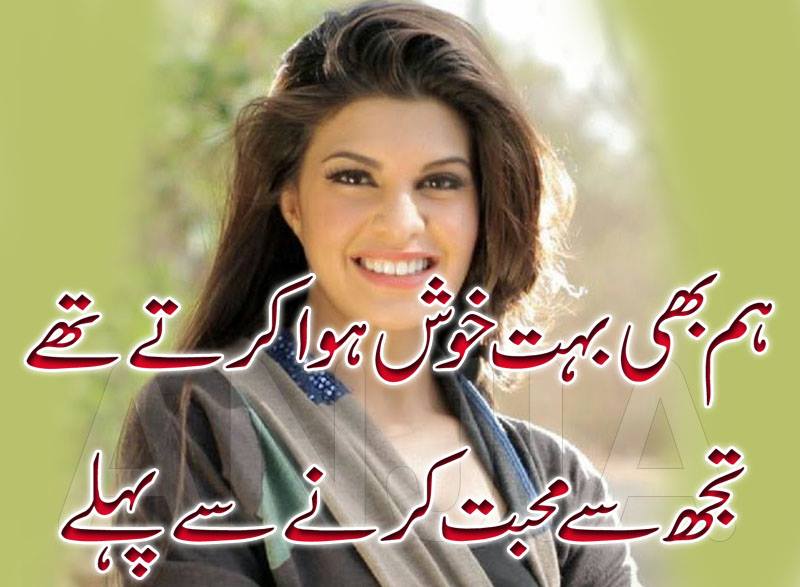

Ali Sardar Jafri (1913-2000), one of the founders of Progressive Writers’ Association, used it as a symbol of smouldering passion in Chaand Ko Rukhsat Kar Do, urging the beloved to bid adieu to the moon, since only she can enter his gham khana (the abode of sadness), and his “jalte hue seene ka dahakta hua chaand (the smouldering moon of his heart aflame),” was for her eyes only. The progressives and the post-modern poets lent a new dimension to the usage of moon as a metaphor. In the concluding lines, he observes that the moon - now hiding behind the clouds, now emerging out of them - teaches him about finding light amid darkness, the meaning of confinement and freedom, and humanity’s restlessness. The poet wrote: Ubhra to tajalli daud gayi, dooba to falak be-noor hua (When it emerged, the divine manifested itself when it set, the sky sunk into lightlessness). In Badli Ka Chaand, Josh Malihabadi (1898-1982) paints a vivid portrait of the moon playing hide and seek with the clouds.

Iqbal concludes his poem, in a similar vein, by stating that just as god exists in the forests and mountains, and in the heart of man, it’s only he who exists in the moon’s rukhsaar (cheek). Then, he asks the moon: Yeh daagh sa jo tere seene mein hai numayaan/ Aashiq hai tu kisi ka, ya daagh-e-arzoo hai (What is this mark that appears on your breast/ Are you someone’s lover or is this the longing’s scar)? In Samuel Taylor Coleridge’s The Rime of the Ancient Mariner (1834), the moon represents a benevolent god. In a poem titled Chaand (The Moon), Allama Iqbal (1877-1938) wrote: Aye chaand! husn tera fitrat ki aabru hai/ Tof-e-hareem-e-khaaki teri qadeem khu hai (O moon! Your beauty is the dignity of creation/ circumambulating the earthly sanctuary is your old habit). The moon frequently expressed a philosophical or spiritual quest as well. Kulliyat-e-Mir by Mir Taqi Mir (Express Archive) Mirza Ghalib (1797-1869) wrote in one of his ghazals that when the moon can’t match the beauty of the beloved’s forehead, it “diminishes in shame” and waxes so that it might become exactly that. Mir Taqi Mir (1723-1810) wrote in one of his ghazals: Gul ho, mahtaab ho, ayeena ho, khursheed ho Mir/Apna mahboob wahi hai jo ada rakhta hai (Be it a flower, moon, mirror or sun my beloved is the one who’s endowed with coquetry). At times, the moon is an istiyaara (metaphor) for the beloved’s beauty, while at other times, it’s used as tashbeeh (simile) - the beloved is the moon itself. The beloved is often maahrukh (the face of the moon) or mahpara (a segment of the moon) sometimes, poets also call the beloved maahjabeen - one whose forehead is the moon itself.

Both during the Mughal era, as well as in the modern and the contemporary period, poets have evoked the celestial body to describe splendour, either of nature or of the beloved.

While other poetic traditions have dwelt on the dark side of the moon, Urdu poetry has largely focused on its bright side. The moon has also been a symbol of the poet’s promise to the beloved, with “tumhare waste main chaand tod laaunga (I will pluck out the moon for you),” being a familiar refrain. In Urdu literature, the moon manifests in all forms: aadha chaand (half moon), poora chaand or chaundhavi ka chaand (full moon) and badli ka chaand (moon hidden in clouds). The moon is a multipurpose muse, at once a symbol of ishq (love), taqwa (piety), tanhaai (loneliness), hairat (wonder), khushi (happiness) and arzoo (longing).


 0 kommentar(er)
0 kommentar(er)
